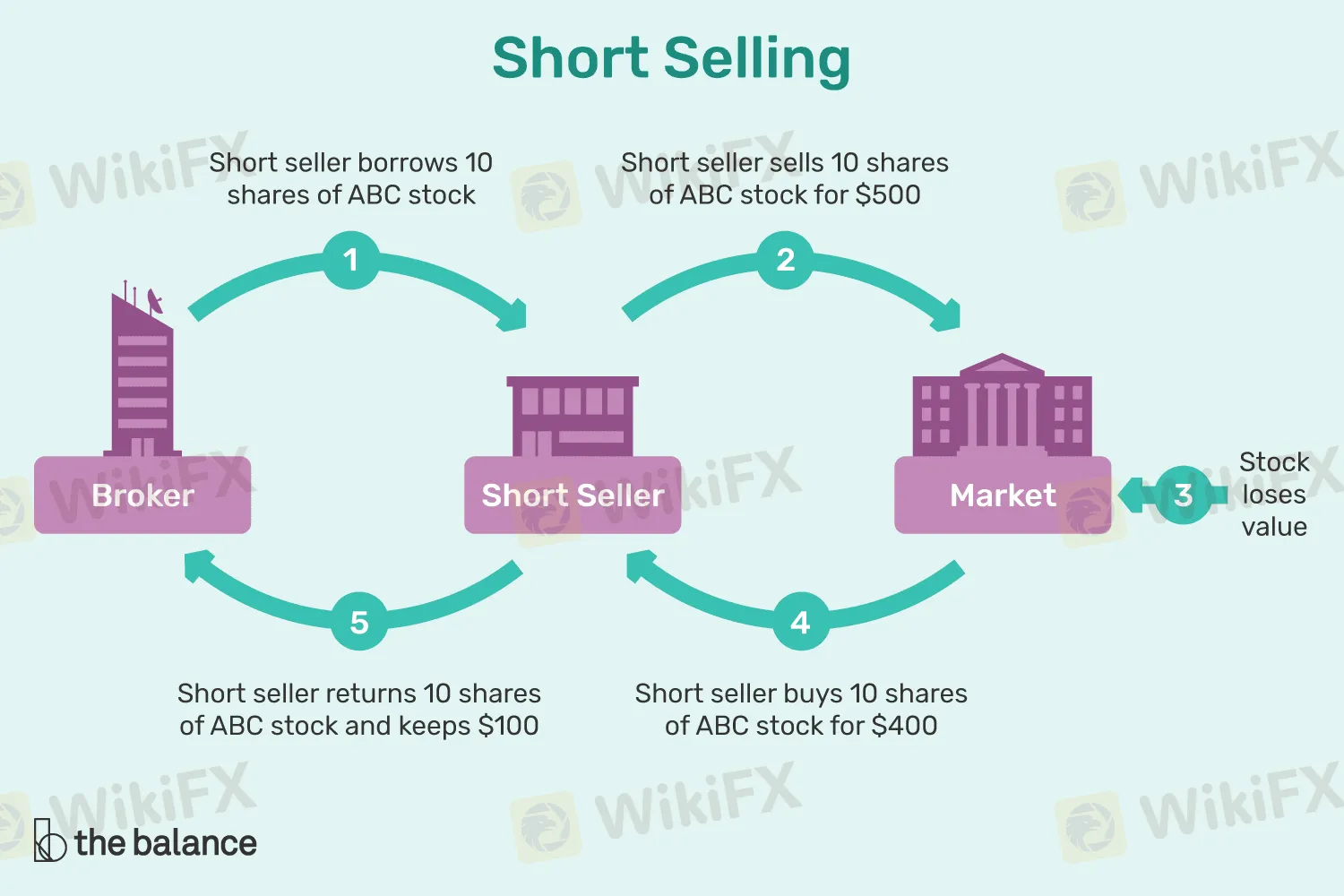简体中文
繁體中文
English
Pусский
日本語
ภาษาไทย
Tiếng Việt
Bahasa Indonesia
Español
हिन्दी
Filippiiniläinen
Français
Deutsch
Português
Türkçe
한국어
العربية
How to Locate Short Selling and Why?
Abstract:Traders choose short selling because it is interesting to speculate and hedge. To speculate means creating a pure price bet for it would decline in the future. If the speculation is wrong, they should buy shares at a loss or higher.

Due to the use of margin in the short selling, the conduct is over a short time period, thus it is near to act of speculation. In addition, there are also people who do short selling to hedge a long position.
The example would be, if you are in the long positions you might aim to sell short against the long position to lock your profit in case you face loss. This is similar to a situation where you limit downside losses in the long position. If you want to create a profit in short selling position, you should consider this scenario. You trade at $50 for instance that would decline in price for the next few months. They would borrow 100 shares then sell them to other investors. So, the trader now short 100 shares to sell something they borrow or not they have. Short selling is possible only when you borrow the shares. So, it is not available sometimes, especially during the situation where traders flock for it.
Less than a month later, the company whose shares are borrowed announced the dismal financial condition, thus the stock fell to around $40. On this occasion, the trader would decide to close this short position and buy the 100 shares at $40 to replace borrowed shares. This is to note that this replacement of the borrowed shares do not include the commissions and margin account charge. The calculation is $1,000: ($50 – $40 = $10 x 100 shares = $1000, said Investopedia.
But it does not mean that it is not prone to failing. Imagine a trader did not close out the short position of the $40, but leave it open for further decline. Then, a competitor enters acquiring the company for $65 takeover per shares. Then, the trader encounters loss. Thus, trader might need to buy back the shares at the higher price.

Disclaimer:
The views in this article only represent the author's personal views, and do not constitute investment advice on this platform. This platform does not guarantee the accuracy, completeness and timeliness of the information in the article, and will not be liable for any loss caused by the use of or reliance on the information in the article.
Read more

Bank Negara Malaysia Flags 12 New Companies for Unauthorised Activity
Bank Negara Malaysia (BNM) has updated its Financial Consumer Alert List (FCA List) by adding 12 more entities, reinforcing its efforts to warn the public against unregulated financial schemes. Check if your broker made the list!

TradingView Brings Live Market Charts to Telegram Users with New Mini App
TradingView has launched a mini app on Telegram, making it easier for users to track market trends, check price movements, and share charts.

March Oil Production Declines: How Is the Market Reacting?
Oil production cuts in March are reshaping the market. Traders are closely watching OPEC+ decisions and supply disruptions, which could impact prices and future production strategies.

How to Calculate Leverage and Margin in the Forex Market
Leverage amplifies both potential profits and risks. Understanding how to calculate leverage and margin helps traders manage risks and avoid forced liquidation.
WikiFX Broker
Latest News
The Withdrawal Trap: How Scam Brokers Lure Victims into Paying More
FCA to Investors: Think Twice Before Trusting These Brokers
Trump\s tariffs: How could they affect the UK and your money
Trump gambles it all on global tariffs he\s wanted for decades
TradingView Brings Live Market Charts to Telegram Users with New Mini App
Trump tariffs: How will India navigate a world on the brink of a trade war?
IG Group Acquires Freetrade for £160M to Expand UK Investment Market
U.S. March ISM Manufacturing PMI Released
Should You Beware of Forex Trading Gurus?
Exposed by SC: The Latest Investment Scams Targeting Malaysian Investors
Currency Calculator


